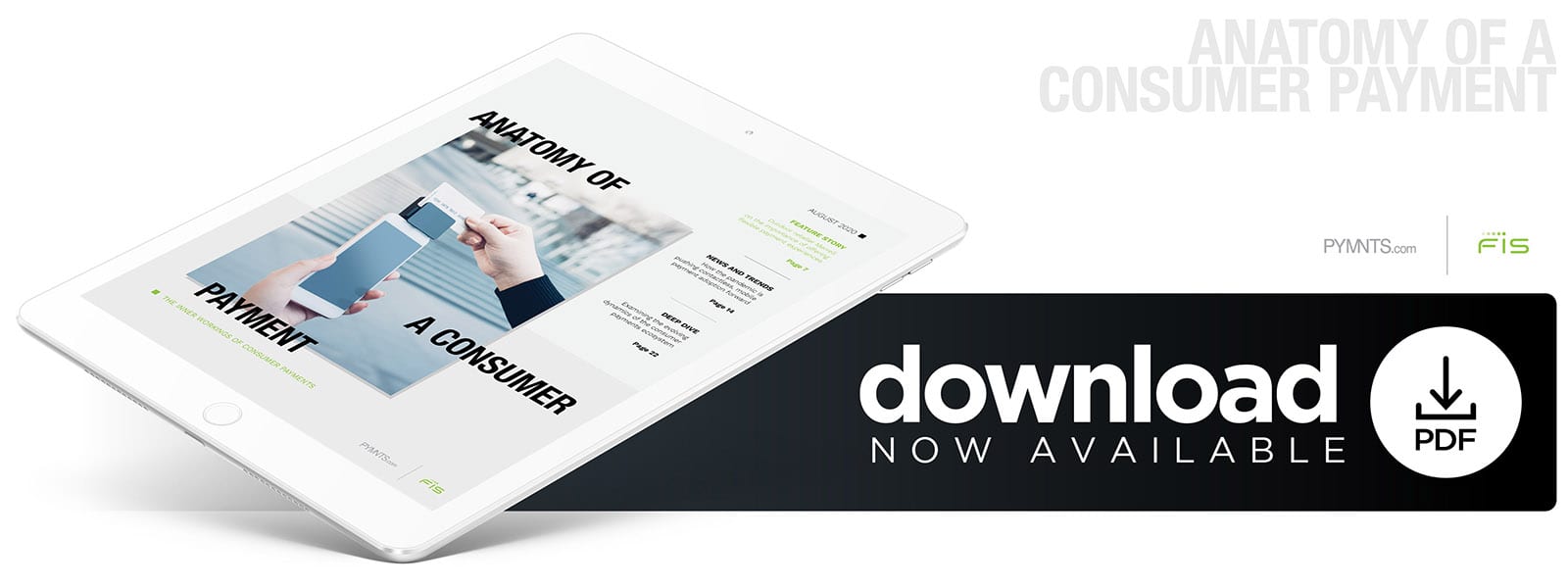Merrell On Meeting Consumers’ Newfound Need For Faster, Flexible Payment Experiences

Six in 10 consumers are shopping more online and less in stores than they did before the pandemic, so removing friction from checkout is key. In the inaugural Anatomy Of A Consumer Payment Playbook, Rachel Wilkie, senior director of eCommerce for online footwear retailer Merrell, explains how innovations in payments is helping them attract customers and keep them loyal.
Retailers often spend significant resources curating their inventories and improving their users’ experiences, but they can still fail to streamline one of the most important steps toward converting sales: the checkout process. The process has become more important in the wake of the ongoing global health crisis, as consumers are shopping in higher volumes online than ever before.
Recent PYMNTS research finds that 59.2 percent of consumers are currently shopping less in physical stores and instead shopping more online. Seamless checkout experiences have gained importance in appeasing customers and turning them into regulars, explained Rachel Wilkie, senior director of eCommerce for online outdoor and footwear retailer Merrell, in a recent PYMNTS interview. This means merchants must streamline the payments process in ways their customers expect.
Many have begun supporting payment options that allow consumers to conveniently shop regardless of their location or the device they are using, accepting mobile wallets such as Apple Pay and even installment payment plans offered by players such as Affirm and PayPal.
Consumers Flock Toward Easy, Cost-Effective Payments
Merrell has made several changes to its checkout process with customer convenience in mind, Wilkie said, beginning with redesigning its checkout experiences to require customers to enter information on only a single page.
“We did see when we had multiple steps to the payment process that consumers were more likely to abandon that checkout journey,” she said. “And so we have worked to implement a more streamlined checkout that has all the information for the consumer [on] one page as opposed to several.”
Merrell did this prior to the pandemic, but the company has further adjusted this process in response to consumers’ shifting payment needs and their demand for faster checkout. This has meant making it easier to pay with mobile wallets as well as offering consumers installment plans — of which usage has increased by more than 40 percent.
“Consumers want [payments] to be very simple, and I believe eWallet is really going to evolve and help accelerate online sales because it is so easy to click one-click checkout. That is critical,” Wilkie said.
Wilkie pointed to the Apple Pay digital wallet as an example of the kind of seamlessness consumers are searching for, noting that the wallet automatically places consumers’ payment and shipping information into checkout processes, saving consumers time and reducing overall friction. Other payment processors will need to catch up and deliver equivalent experiences, she added, because consumers are expecting that high level of convenience, speed and security in all their transactions.
Another factor that is contributing to consumer interest in mobile wallets is how consumers, especially millennial and Gen Z individuals, shop today.
The New Social, Mobile Payments Normal
Discovering new products and shopping directly via social media feeds have become normal for younger consumers. More than 50 percent of millennial consumer respondents in one study said that they would buy products via social media platforms, for example. Allowing consumers to shop and pay via options such as Instagram Checkout may therefore become more important over the next few years. Merrell itself will be working to integrate this solution for its own brand in Q4 2020, Wilkie said.
“I think it is really just meeting the consumer where they are … in the case of Instagram Checkout, I believe there could be new consumers that would maybe only engage with us in that way because it is familiar to them,” Wilkie said. “I [also] love that it is secure for consumers, so they put their information in once and then they can use it across a multitude of brands. So they don’t have their data [shared with] five or six different brands; it is just with that solution, and I think that is going to be more and more appealing for [younger] generations and for consumers as online shopping becomes even more normalized.”
Meeting consumers’ needs across a range of shopping channels that they already inhabit with the payment methods they want is going to be imperative for online merchants in the post-pandemic world. Accomplishing that requires that these firms learn to provide payment options that appeal to their customers’ specific needs and tastes. Merchants will thus need to work closely with their payment processors to deliver the experiences their customers are now anticipating.
